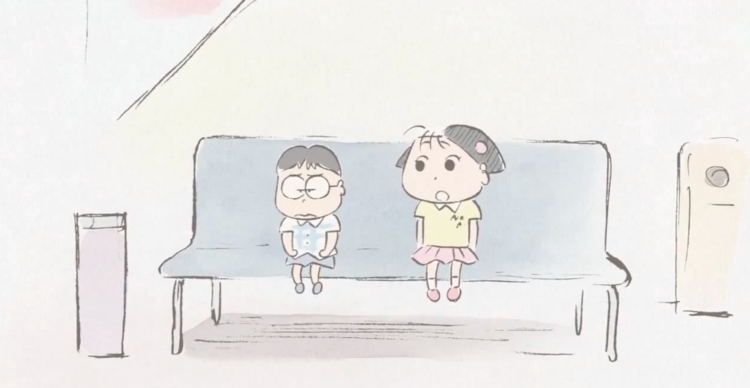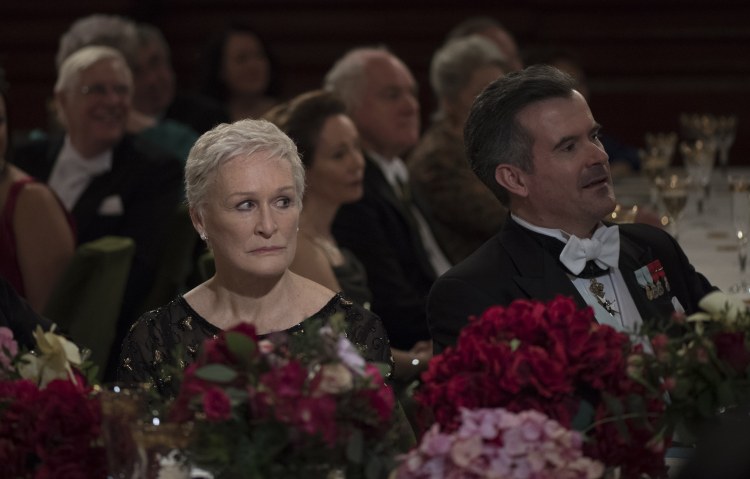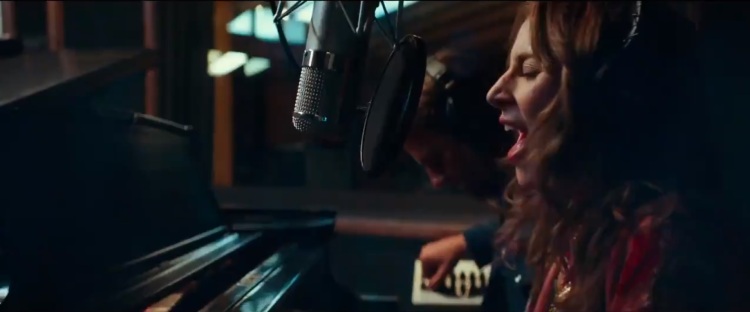
Around the final two films of Takahata Isao’s time with Studio Ghibli and his career overall* – with a Kubrick-ian 14 years in turnover time between them – the animation director finally opted to do entirely away with the refined manga-inspired cel animation style that was Studio Ghibli’s default mode. In his decision to adapt Ishii Hisaichi’s long-running comic strip series ののちゃん (Nono-chan) under its original title となりのやまだ君 – literally translated to My Neighbors the Yamadas – Takahata had decided to undertake a new more hand-drawn look to the pictures that would resemble the comic strip much further than if it were solid blocks and perfect color fills and full backgrounds. The result was a movie full of personality within its rough handiwork, something that implied a direct tangibility to the image that gave a beating involved heart to the film.
But also because Takahata was not crazy, this was the first entirely-computer animated film in Ghibli’s output. Which does a lot for flattening the image so that we buy the characters and whatever background they have being on the same dimensional plane without losing the sketched texture of the lines.

Despite that strong dedication to depth, My Neighbor the Yamadas is indisputably the most cartoonish of Takahata’s films since his early television specials of Panda! Go, Panda! and that gives it a lot more of a pleasant aesthetic for viewers of any age. Particularly given that it seeks to make its viewers relate to its subject, the Yamada family – child daughter Nonoko (Uno Naomi) who is the namesake of the comic, teenage son Noboru (Isobata Hayato), matriarch housewife Matsuko (Asaoka Yukiii), patriarch breadwinner Takashi (Masuoka Touru), and Matsuko’s elderly mother Shige (Araki Masako). All of them as wacky and broad as the round designs on them which affords an endearment to the film as well as the easy faded colors that inhabit the line drawings of each shot. Not to mention the steps My Neighbors the Yamadas takes to ease us into its cartoon styles by having Nonoko casually explain away the shape of Shige’s by drawing a pair of cosmic objects and then filling it out with her beloved grandma’s features, helping us to quickly associate the simplicity of Yamadas‘s design with shapes.
Which works out wonders for the sort of broad comedy My Neighbors the Yamadas is attempting to do.
May as well not beat the bush any further about the loose structure Takahata’s screenplay has: there’s no plot to My Neighbor the Yamadas. It’s all vignettes of various length and the film does nothing to truly suggest a true logic to the arrangement of the segments, although it is easy to sense the beginning and the end as a viewer. It’s remarkably easy viewing in general for something lacking a story, none of the segues to the next vignette feel abrupt and a lot of it feels like vague association with something that came up in the last vignette. Like maybe dinner might be a large part of one vignette and that drives us to the next vignette or two sequences in a row where one of the male members of the family forgets something while rushing to work or school. Takahata has somehow just cracked a flow out of segments and I’m sure there was a logic to his choices but it’s not apparent to the viewer and I don’t think it should matter.

Though, if one actually sat down and noted the reasoning behind it, it could be remarked upon that the two major bookends involve a speech given by a character as affirmation and encouragement for a marriage, one of which hilariously remains fixed on the speaker as he fumbles and grasps for his forgotten words and his family watches in horror, the other giving way to a fantastical epic portraying the creation of a family as a Homeric adventure where the family is constructed through plants and fruits narrated warmly by an old woman (who I sadly cannot identify in the cast). That latter is the artistic peak of the film as it abandons the empty white spaces and fills the frame with depth and detail with pastel seas and stalks and fruits, but it’s not the only moment where Takahata decides to be ambitiously versatile: late in the film, a non-threatening but still tense moment of confrontation with a few juvenile bikers involves more lines and a darker palette with less (but impressively deliberate) lighting to knock the “fun” out of the moment without losing the cartoon aesthetic, followed by a kinetic “fantasy” action sequence akin to superhero movies.
But it must of course be constantly acknowledged that this is just as well aided by the fact that My Neighbors the Yamadas is gutbustingly funny in a very endearing and relentless sense with those above moments cushioning a familiarity with the family we have accomplished just by innocent and silly but wholly relatable incidents before tying it with a bow by a very celebratory musical number of “Que Sera, Sera” just to bring all its admiration of the Yamadas and how well they represent us right home as they laugh along into the sunset. It is near impossible to pick a “sweetest” moment in a film like this, but Takahata definitely selected quite a note to say goodbye to this family with.
Earlier this year, I’ve been privileged enough to rewatch the entire feature canon of Studio Ghibli (including the precursor Nausicaä of the Valley of the Wind and frustratingly excluding the Belgian co-production The Red Turtle) on the big-screen in the presence of an audience, most of whom (including my friend) were getting to experience this for the first time. My Neighbors the Yamadas was decidedly not the most packed house but it was possibly the most responsive I’ve seen the audience throughout the whole run. It is not as widely-seen (at least in the United States, I cannot speak to its popularity in Japan but I expect being based on beloved comics indicates commercial success), but I absolutely think this film deserves to be regarded as much of a crowd-pleaser as anything by Miyazaki. My Neighbors the Yamadas is certainly a gem of a picture that is infectiously affable and assuredly humorous in all its color and shape.
NB: I was finishing this essay on a flight to New York (after having a draft sitting here for months – sorry, readers) and I had playing in the background The Death of Stalin, where I recall a similar joke occurs as My Neighbor the Yamadas involving wearing pajamas underneath your suit.
NNB: LOL, that fucking NB was from an earlier attempt to complete this draft. If y’all ever want to hold me accountable for deadlines…
*Barring a single short segment made for the anthology film Winter Days, inspired by that favorite poet of Takahata’s to reference in his movies (including and especially this review’s subject), Bashō.













